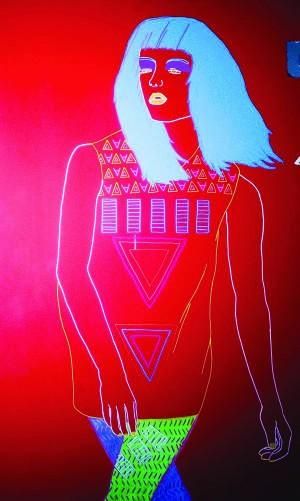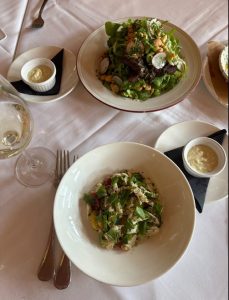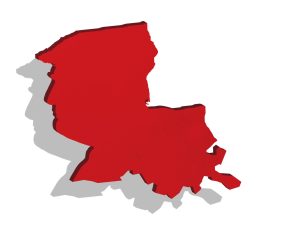No headline provided

March 9, 2012
Combining an art school education with an incredible ear for synth-heavy electronic music, Travis Egedy, aka Pictureplane, has invented a musical and visual project unlike any other. The project, now eight years in the making, ranges from punk rock to trance to house – a mixture of genres that Egedy himself has branded as “witch house,” stemming from his occult-based translation of house music. His 2009 effort, “Dark Rift,” and 2011’s “Thee Physical” are extensions of Egedy himself. He describes both as concept albums originating from personal influences and experiences. The Arcade recently had a chance to speak to Egedy about his musical and performance style in advance of his Saturday slot at the upcoming BUKU Music and Art Project.
Jamie Bertel: Your music seems to draw from a melting pot of different sources. How are you able to synthesize these all into one cohesive sound?
Travis Egedy: I really don’t think too much about it. It’s not like I’m trying to have a collective mix of sounds. It just sort of happens that way because a lot of different sounds will catch my ear. So when I put them together it’s kind of a mish-mash, but I’m not trying to necessarily make a statement with it. It’s just something that sounds good to me.
JB: You define 2009’s “Dark Rift” and 2011’s “Thee Physical” as concept albums. What musical and non-musical concepts influence your albums, and how do you arrive at a concept?
TE: It’s really sort of about what I’m interested in at the time artistically. I make a lot of visual artwork, and “Dark Rift” was an album dealing with concepts that I was working with throughout my art school experience and college thesis – the evolution of human consciousness, galactic alignments and the evolution of our planet and how it keeps moving toward something in the future. I wanted to put that into my music, and I like having each song align with that concept.
JB: How have performing arts influenced your live sets?
TE: I view Pictureplane as performance art, and I don’t think of it as just getting up there and playing music for people – I want it to be more of an experience for the audience. I like to do it differently every time and sort of experiment with what I’m doing on stage – involving other people, having choreographed dancers to the music, people dressed in costumes. I like to be more creative than simply me playing my songs on stage. I think everyone has pretty much seen that, so I like it to be a little more art-friendly. It just comes from my background and who I am as a person.
JB: How do you feel about your upcoming slot at the BUKU Music and Art Project?
TE: I’ve played in New Orleans a few times, and I’ve had great experiences there. Most of the shows have all been pretty small and underground. Every time I’ve been in New Orleans, it’s been very magical for me. Every time I’ve been there, each performance has been really awesome, so I’m excited for this festival.
JB: You’ve been releasing music since 2004 now, for about eight years. How do you think you’ve evolved as a musician, and how do you keep evolving?
TE: I guess it has to do with who I am as a person. I feel like I have so much inside of me that needs to get out, and Pictureplane is my way of putting ideas out into the universe. It is constantly being regenerated because I am constantly learning, experiencing things, meeting new people, listening to new music, reading new books – so it’s constant energy and fuel to be put back into Pictureplane.









Leave a Comment